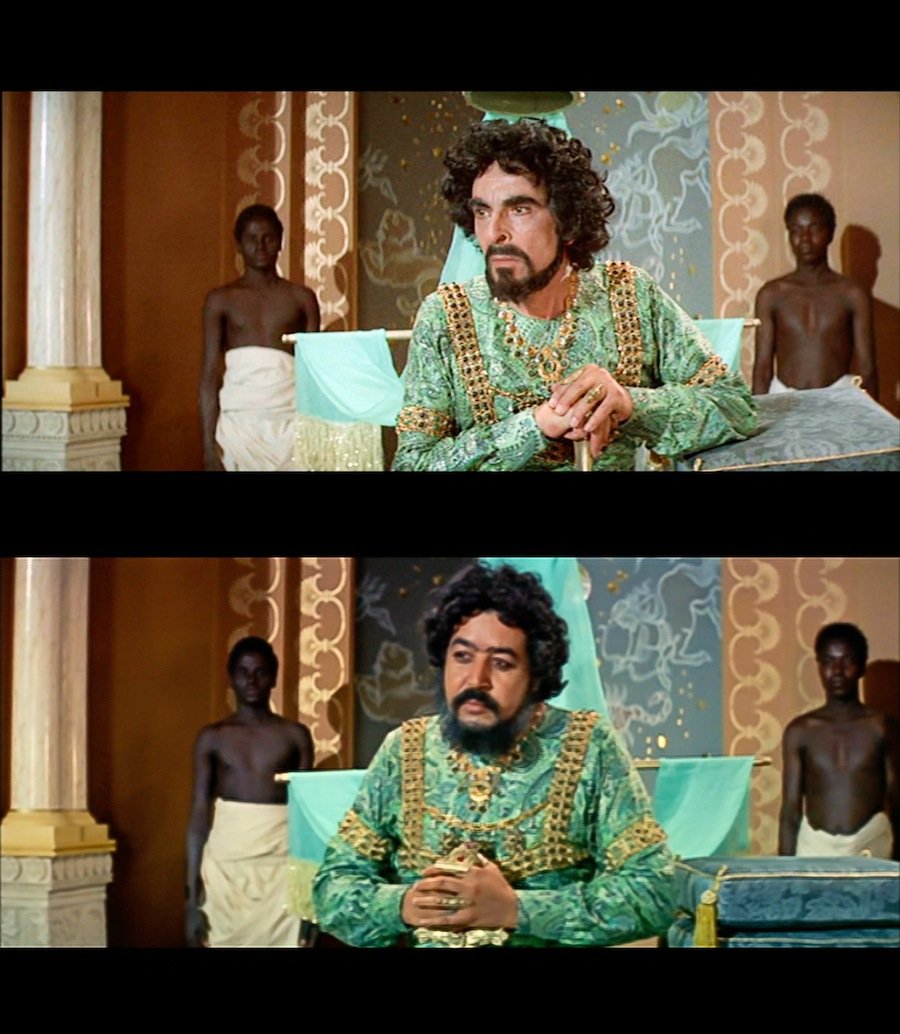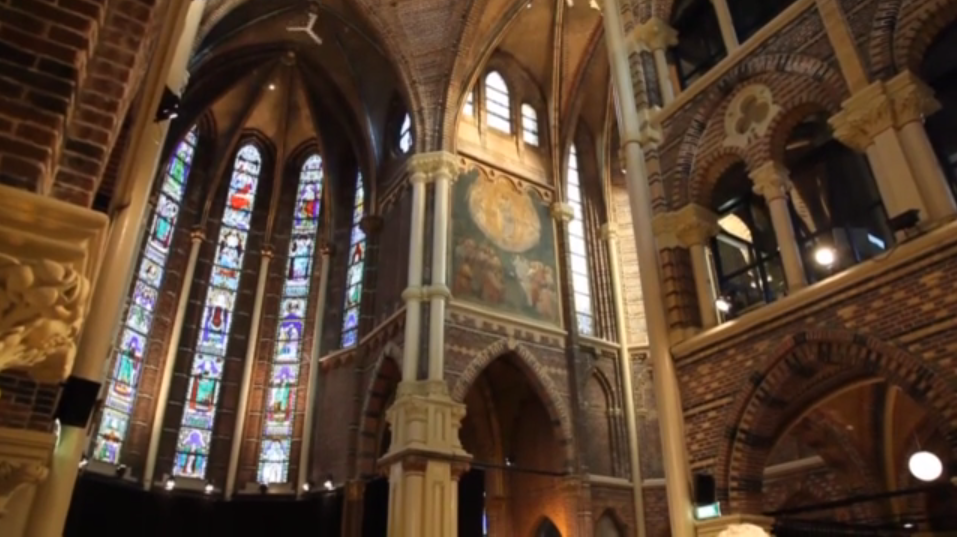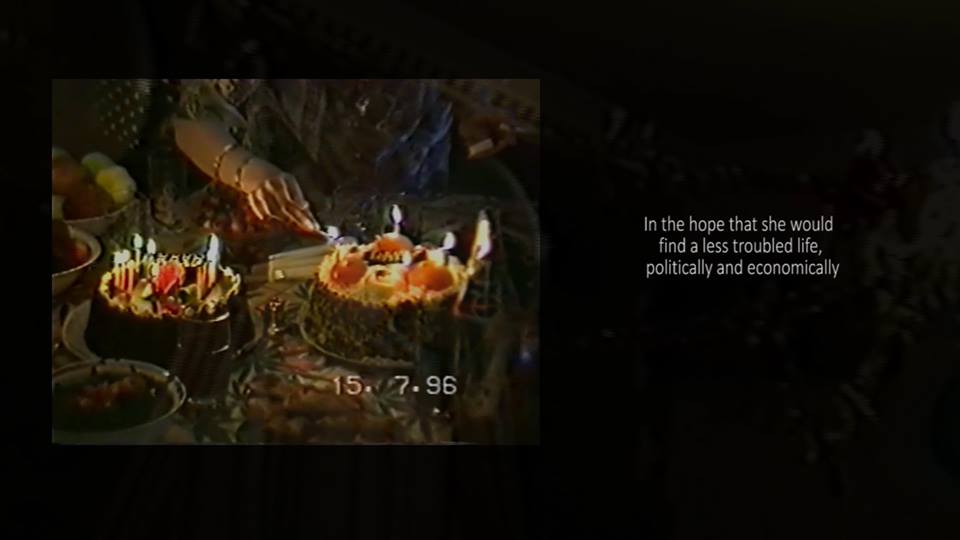Incidental/Peripheral

Faycal Baghriche
Mirna Bamieh
Marwan Hamdan
Nour Ouayda
26 October 2015
MUU Helsinki, Finland
Commissioned by Alessandra Arno of Visualcontainer.
Curated by Rachel Dedman
Mirna Bamieh
Marwan Hamdan
Nour Ouayda
26 October 2015
MUU Helsinki, Finland
Commissioned by Alessandra Arno of Visualcontainer.
Curated by Rachel Dedman
What significance does the term Mediterranean have for artists? As a space defined by a peripheral connection to the sea, it is vast – stretching from Southern Spain, North Africa and Italy across the coast of Eastern Europe, sweeping down past Turkey, Greece and the Levant before rounding Egypt and Libya. In a region shaped – literally – by fluidity, by a body of water, what bearing can such a term possibly have upon understanding the practices of artists working in peripherally-connected countries, beyond the superficially geographic?
This hour-long screening for MUU Helsinki, of video artwork by Mediterranean artists, did not attempt to answer this, and laid claim to neither breadth nor rigour. It hoped to resist the temptation to cast wide thematic nets, or to dwell specifically upon the Mediterranean as a site of anxiety, urgency, migration and politico-economic upheaval. The selection of artworks was guided instead by an interest in locality and origin as a mode of working with video, and was driven by works considering, in very different ways, genesis and what it means to be from somewhere.


Mirna Bamieh's Interrupted Biographies (2014) traces family history through home videos that acted as a bridge between her Lebanese and Palestinian halves, reflecting on the ways geopolitical movements in the region can be read implicitly through the body. The text prophesises the lives of her intimate relations, without refuting the distance between them – set up by the nature of the found footage as much as its age. The Pale Light of Day (2014) also works by rendering place ambiguous; Nour Ouayda lingers on the everyday, undercutting scenes in cities with the charge of imminent change, mingling preparations for travel with snippets of conversation on the slippage of translation. Marwan Hamdan’s On Earth As It Is In Heaven (2014) explores religious imagery and histories of communism in Lebanon to build an intimate, subjective portrait of the poles that shaped his own raising. Also reflecting an interest in the politics of faith, The Message Project (2010), by Faycal Baghriche, splices together English and Arabic versions of Mustapha Akkad’s 1977 film of the same name. The seamlessness of the intervention reflects on popular cinema and the role of language in the construction of narrative, (in this case the genesis of Islam through the life of Mohammad), paralleled in the writing of contemporary Middle-Eastern history.
These are artists for whom a relationship to a defined community of the Mediterranean is incidental, if not irrelevant. Echoes exist between them – a concern with found material is prevalent, often distinguished by use of text and a speculative documentary approach – but such curated events as these tend to define artists by their country of origin, rather than the nature of their practice. Almost all of these artists have lived and worked beyond their place of birth, and have been shaped by such experience. This further complicates the notion of the Mediterranean; while they all come from countries whose coasts kiss this sea (though in Palestine access to this very sea is fraught and denied), they are in the end best understood as individuals, each using video today to pursue questions around place, the self and the periphery.
